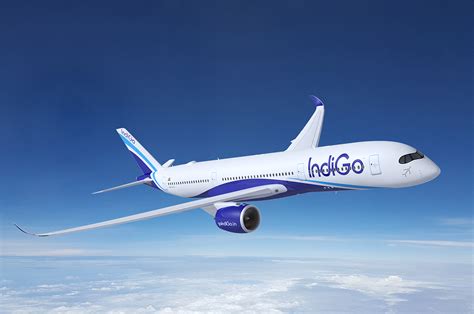
DSC0975 scaled
Boeing decided to stop identifying 737 models being ordered and delivered
A perennial question is why Boeing decided to stop identifying 737 models ordered and delivered. During the NG era, model breakdowns for orders and deliveries were nothing special. But with the arrival of the MAX that changed. A former Boeing employee shared that the reason was that orders were so skewed in favor of the MAX 8, with almost no interest in the MAX 7, the company decided not to break down the numbers. Oddly, the same thing happened at Airbus where the interest in the A319neo (the MAX 7’s main competitor) was also, shall we say, anemic. But Airbus broke down the numbers.
Subscriber content – Sign in




